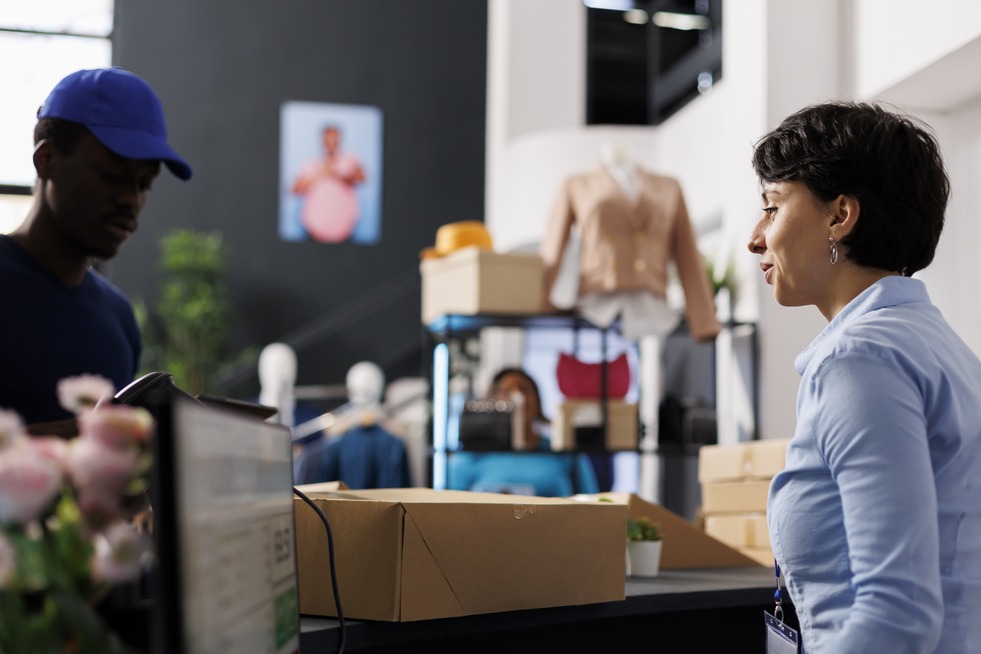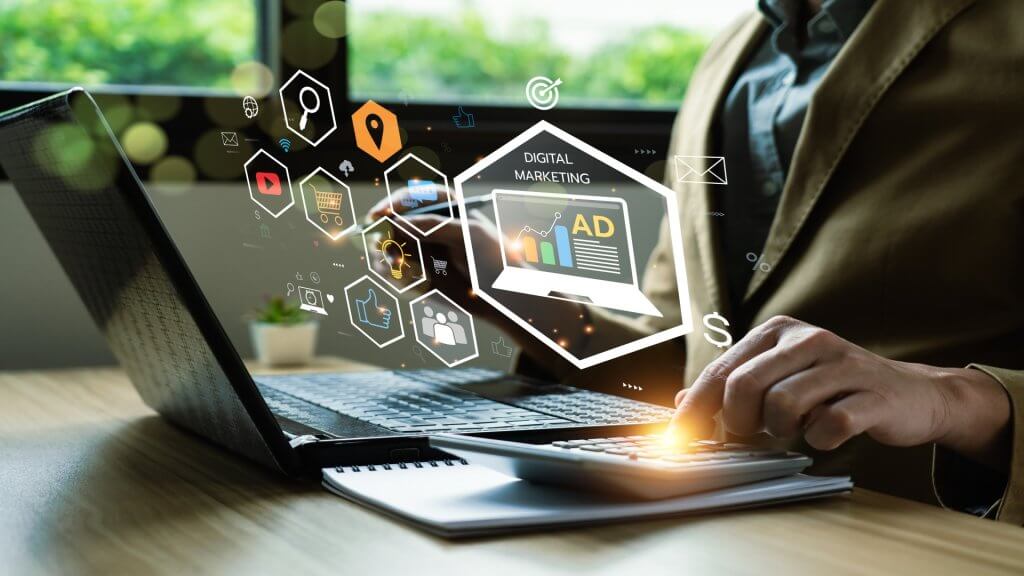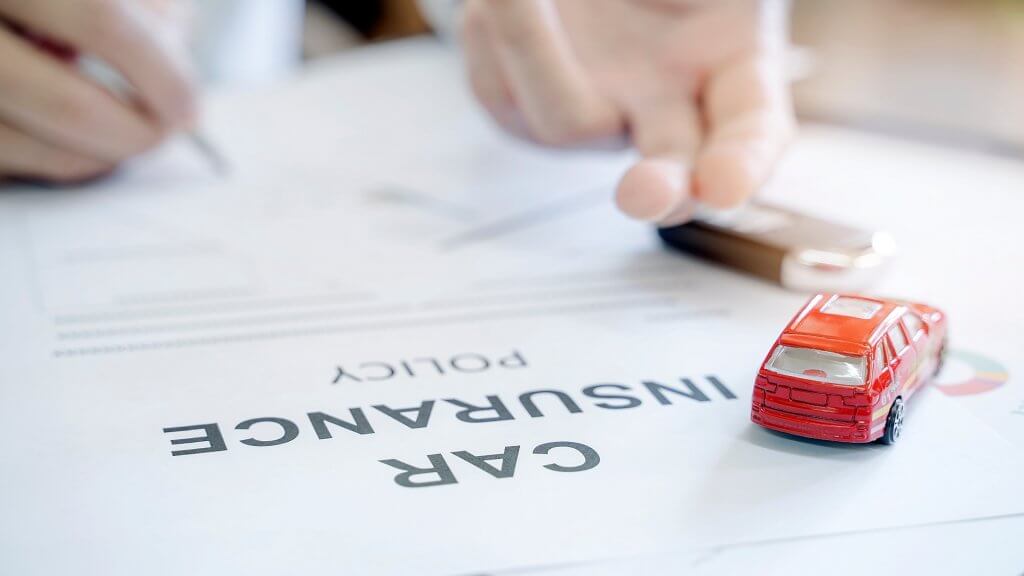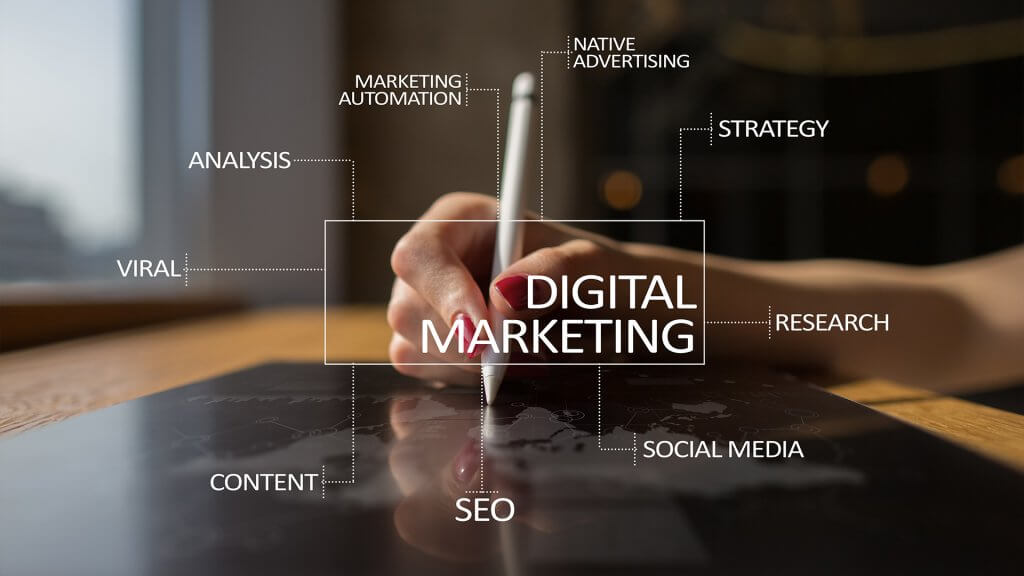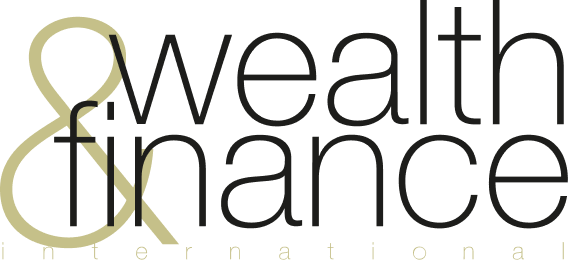Bringing a product to market comes with a mix of ambition and risk. Even with detailed planning, brands can face uncertainty around how their offer will perform once it meets real-world conditions. Retail exhibitions provide access to decision-makers, buyers, and consumers in one place, creating an opportunity to see how a product holds up under pressure.
The setting invites interaction, questions, comparisons, and spontaneous feedback—none of which can be fully replicated through online campaigns or internal reviews. For businesses aiming to grow, exhibitions reveal how people respond, where improvements are needed, and what buyers seek.
Below are specific ways retail exhibitions help assess how prepared a brand is for the market.
1. Watch Shoppers Interact Without Prompting
Live interactions provide more insight than any digital metric. Those behaviours say a lot when people walk past a display, stop to look, or move on without engaging. Exhibitions let brands see which visuals, formats, or packaging styles capture interest.
These subtle reactions are easy to miss online. The product is placed in a competitive setting at an exhibition, surrounded by other options. What catches the eye? What draws people in? What gets overlooked entirely?
Observing these patterns reveals how well the product holds attention, communicates its purpose, and fits into the broader retail landscape.
2. Hear What People Think
Visitors to exhibitions tend to speak candidly. As they browse your retail kiosk or engage with your retail displays, they might comment on pricing, packaging, size, scent, or usability. These spontaneous remarks often offer direct, unfiltered feedback that formal reviews or online surveys fail to capture.
Sometimes, it is a quick aside and leads to a longer conversation. Either way, the comments reveal what catches attention, what causes hesitation, and what may need improvement before a wider release.
By listening to what people say without prompting, brands can pick up on language and opinions that reflect real-world thinking. These offhand remarks often highlight gaps in clarity, presentation, or appeal—providing insights that can shape future design, marketing, and product decisions.
3. Speak With Retail Buyers and Procurement Teams
Exhibitions attract store owners, category managers, and wholesale buyers looking for new products. These visitors come with clear expectations and commercial experience.
Their feedback tends to be specific. They might point out pricing issues, packaging concerns, or gaps in your value proposition. Many will ask questions that expose hidden assumptions, such as shelf-life, order volumes, or shipping timelines.
For brands preparing to scale, these conversations highlight what matters most to buyers and what adjustments are needed before entering larger markets.
4. Test Different Versions or Offers in Real Time
Offer small sample runs or test promotions. Observe how people respond, which questions they ask, and which format performs better. In many cases, the more popular option becomes clear within hours.
This approach lets brands make informed decisions before committing to larger production runs or retail partnerships. It saves time, reduces waste, and improves the odds of a successful launch.
5. See How Well the Team Can Sell It
The success of a product often depends on how well the team communicates its value. Exhibitions require team members to explain, demonstrate, and promote the product multiple times to various audiences.
This live setting shows which parts fall flat. If certain questions come up repeatedly, it highlights areas where messaging could be clearer or more direct.
Teams improve their presentation of the product, handling objections, and adapting to different types of customers—all skills that carry over into future retail conversations and trade presentations.
6. Identify Gaps in Logistics, Supply, or Scale
Sometimes, success at an exhibition reveals operational gaps. A surge in interest may lead to questions about fulfilment speed, warehousing, or scalability. These conversations help pinpoint where internal systems need improvement.
For example, buyers might ask about packaging specifications, sustainability certifications, or lead times. If the team struggles to answer confidently, that is a signal to strengthen those areas before entering formal negotiations.
Addressing these challenges early helps avoid future setbacks and builds confidence among potential partners and distributors.
7. Measure Foot Traffic, Interest, and Follow-Ups
Tracking who stops, who asks questions, and who returns later provides a good sense of how much demand exists for your offer. You can measure this through lead forms, QR scans, sample requests, or direct conversations.
A steady flow of qualified interest shows strong product-market fit. If engagement is lower than expected, it may signal that something needs to shift—whether in the design, messaging, or category fit.
The data collected can support internal reporting, inform production decisions, and shape the brand’s investment in upcoming campaigns.
8. Spot Opportunities You Had Not Considered
Exhibitions often reveal new angles. A visitor may suggest a use case you had not planned for. A distributor might ask if you offer travel sizes or larger formats. A competitor might highlight a gap in the market that you are well-positioned to fill.
These moments help uncover additional applications, revenue streams, or customer segments not part of the original plan. They also encourage creative thinking around partnerships, bundles, or cross-promotions.
Wrapping It Up
Retail exhibitions serve as live testing grounds for products, people, and processes. They offer brands a rare chance to observe, listen, and adjust based on actual market response.
Instead of relying only on projections or controlled research, businesses gain access to unfiltered reactions, practical feedback, and direct input from retail professionals. These insights help refine strategy, reduce risk, and accelerate growth.

